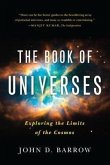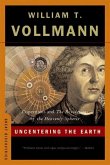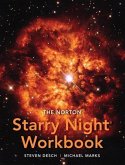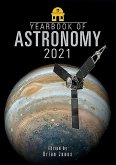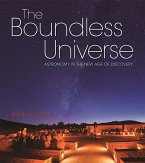Research shows that students learn best by doing. This workbook, written by two master teachers, contains 36 field-tested activities, including nine new to the Second Edition, that span the introductory astronomy course and can be used in any size of classroom. Each activity is now self-contained with an introduction that provides necessary background material for students. Activities are built around a concept that leads students from basic knowledge to a deeper understanding through guided interactions. The Second Edition is supported by Smartwork5, so instructors can easily assess student understanding.


